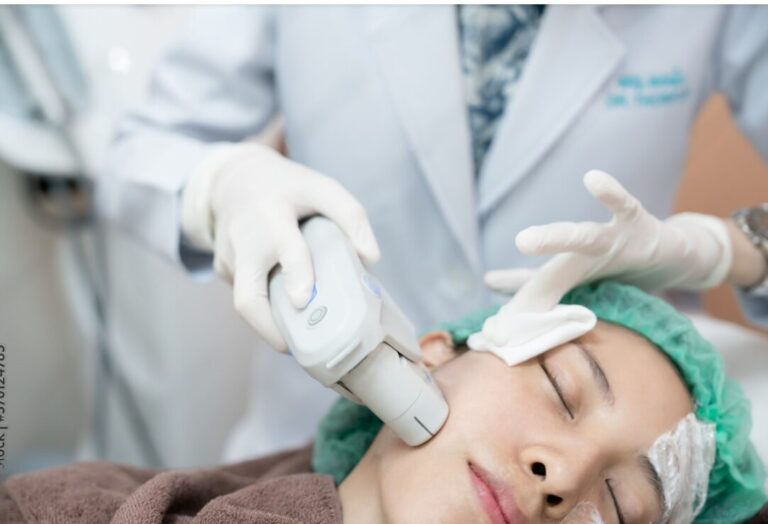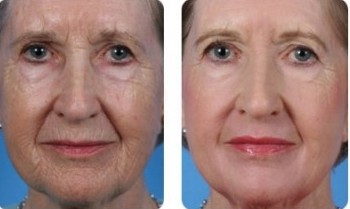Understanding Ultherapy Machines: What Are They and How Do They Work?
Ultherapy machines, the avant-garde marvels of cosmetic dermatology, have sparked a revolution in non-invasive skin tightening and lifting solutions. Their prowess lies in the adept utilization of ultrasound technology, igniting the spark of collagen production and culminating in skin that exudes firmness and youthfulness. Yet, amidst their lauded FDA approval for safety and efficacy, a tapestry of considerations unfolds, encompassing the gamut of skin types, potential result variations, and the fiscal toll of these transformative treatments.

However, the symphony’s harmonious notes falter in the face of skin type disparities. Shades of skin, particularly those draped in darker hues, may echo with pigmentation shifts post-treatment, casting shadows on the universality of Ultherapy’s efficacy. Additionally, individuals harboring specific medical maladies or contraindications may find themselves on the fringes of Ultherapy’s embrace. Hence, the counsel of a seasoned healthcare provider becomes the compass, guiding the voyage towards suitability and risk mitigation.
The imprimatur of FDA approval emblazons Ultherapy machines with a badge of credibility and safety, a testament to their arduous journey through the crucible of rigorous testing. Patients bask in the glow of assurance, knowing that the technology meets the exacting standards etched by the FDA. This nod of approval also underscores the manufacturers’ pledge to adhere to stringent protocols, a beacon of trust for seekers of skin-tightening and lifting panaceas.

In the annals of advantages, Ultherapy’s longevity emerges as a crowning jewel. The echoes of tightened and uplifted skin reverberate for a year or beyond, a testament to the ongoing symphony of collagen regeneration. Maintenance becomes the rudder steering towards prolonged radiance, rendering Ultherapy not just efficacious but also economically prudent in the realm of rejuvenation.
Yet, shadows loom in the guise of financial barriers. The opulence of multiple sessions or upkeep treatments may elude the grasp of many, especially when the cloak of insurance excludes cosmetic indulgences like Ultherapy. This financial labyrinth throttles accessibility, casting a pall over the democratization of transformative skin technologies. Exploring avenues of alternatives or engaging in financial dialogues with providers becomes imperative, unlocking the gates to a wider audience seeking transformative solutions.
In denouement, Ultherapy machines stand as the vanguard of non-invasive skin renewal, weaving a narrative of ultrasound-driven rejuvenation and elastic enhancement. Despite their accolades of FDA affirmation, the mosaic of considerations—ranging from skin compatibility to financial footholds—shrouds the path to decision-making. Through informed discourse and introspection guided by healthcare partners, individuals embark on a journey towards the promise of firmer, more youthful skin, heralding the dawn of a new era in cosmetic dermatology.



